Opportunities and challenges intertwine
Mr. Hoang Minh Chien, Deputy Director of the Trade Promotion Agency, said: The Canadian market is one of Vietnam's important trade partners in the North American region. The fact that both countries are members of the Comprehensive and Progressive Agreement for Trans -Pacific Partnership (CPTPP) has created favorable conditions to promote bilateral trade cooperation. Through commitments on tariff reduction, market opening and procedural reform, many key export sectors of both sides have more opportunities to access partner markets, contributing to promoting import and export growth in a substantial and sustainable manner.
Textiles, footwear, wood and wood products, seafood, coffee, etc. are items with export potential to the Canadian market.
In recent years, trade relations between Vietnam and Canada have been continuously expanded in both scale and depth. Vietnam is currently Canada's 7th largest trading partner and ranks first among ASEAN countries, accounting for nearly 45% of Canada's total imports from the region. In 2024, bilateral trade turnover will reach about 7.2 billion USD, of which Vietnam will export more than 6.3 billion USD to Canada and import nearly 0.8 billion USD from Canada. Vietnam's main export items include textiles, footwear, wood and wood products, seafood, coffee, electronic components, machinery and equipment, etc., which are highly appreciated by Canadian consumers for their quality and competitive prices. In contrast, Canada is a reliable source of high-tech agricultural products, processed foods, fertilizers and industrial raw materials.
In addition to positive results, there are still some points to note in trade activities. Instead of direct export, a significant portion of the total turnover of Vietnamese goods entering the Canadian market is through intermediary distribution channels located in the United States. The main reason is due to the operational characteristics of the North American supply chain, where many large retail corporations such as Walmart, Costco, Amazon, Wayfair, etc. have set up logistics centers in the United States to serve the entire North American market. This distribution model partly helps Vietnamese goods to reach Canadian consumers more easily by taking advantage of modern infrastructure and distribution capacity. However, this form also poses many challenges in controlling the target market, improving the capacity to build a national brand, as well as optimizing added value and developing sustainable exports in the long term. In addition, Vietnamese goods still have some limitations in terms of deep processing capacity, unclear brand recognition, and uneven quality. This causes many product groups, especially agricultural products and food, to have high output but disproportionate export value, and most of the profits are still shared through intermediaries.
Find solutions to open up and access the market
Based on that reality, the Center for Trade and Investment Promotion (Promocen), the Department of Trade Promotion, Ministry of Industry and Trade has just organized a workshop on Trade Promotion to the Canadian market. This is a practical activity to support Vietnamese enterprises to update information, learn about market access methods, expand cooperation and exchange practical experiences in export activities, especially in the field of agricultural products and food, items with great potential and stable demand in Canada.
Mr. Hoang Minh Chien emphasized: "Promoting direct exports to Canada, strengthening connections with local distribution systems and gradually forming a consumption network bearing the Vietnamese brand mark is a priority strategic orientation. This not only helps Vietnamese enterprises increase added value, reduce intermediary costs, but also contributes to affirming the position of Vietnamese goods in the international market. As a state management agency for trade promotion, the Trade Promotion Agency is committed to continuing to accompany the Vietnamese business community in accessing and expanding. We will strengthen coordination with relevant agencies, industry associations and distribution partners in Canada to support businesses in improving export capacity, building Vietnamese product brands and directly participating in the Canadian market supply chain".
According to Ms. Tran Thu Quynh, Vietnam Trade Counselor in Canada, Vietnam needs to make more effective use of the CPTPP Agreement because the rate of using tariff incentives for Vietnamese exports to Canada is still very low, only reaching 18%. Exploiting FTAs in general and CPTPP in particular is not only about exploiting tax incentives to promote short-term exports but also about greater opportunities for connecting production/investment/technology/brands between the two countries to create higher value chains. In addition, businesses need to proactively research competitors, market trends and industry opportunities; proactively exploit new forms of business (e-commerce, online auctions, etc.).
Ms. Thach Vu Thuy Linh, Chairwoman of the Board of Directors of Renso Foods Company, said that Vietnamese enterprises need to gather together to build and develop Vietnamese brands in this market. Because products from exporting countries in the region, for example Thailand, are dominating Vietnam's strong products. In addition, the Canadian market requires very strict standards. Therefore, before entering the market, enterprises must review whether they meet or not meet any criteria. If necessary, enterprises should cooperate to build a production chain, instead of each enterprise making a product competing with each other.
Some opinions say that Vietnamese enterprises need to strengthen connections with local distribution systems, gradually forming a consumption network with Vietnamese brands... This not only helps Vietnamese enterprises increase added value, reduce intermediary costs but also contributes to affirming the position of Vietnamese goods in the international market.
Article and photos: MY THANH
Source: https://baocantho.com.vn/khoi-tiem-nang-cho-hang-hoa-viet-vao-thi-truong-canada-a187682.html




![[Photo] Multi-colored cultural space at the Exhibition "80 years of the journey of Independence - Freedom - Happiness"](https://vphoto.vietnam.vn/thumb/1200x675/vietnam/resource/IMAGE/2025/8/26/fe69de34803e4ac1bf88ce49813d95d8)
![[Photo] Prime Minister Pham Minh Chinh chairs meeting of National Steering Committee on International Integration](https://vphoto.vietnam.vn/thumb/1200x675/vietnam/resource/IMAGE/2025/8/26/9d34a506f9fb42ac90a48179fc89abb3)


![[Photo] Prime Minister Pham Minh Chinh receives CEO of Samsung Electronics](https://vphoto.vietnam.vn/thumb/1200x675/vietnam/resource/IMAGE/2025/8/26/373f5db99f704e6eb1321c787485c3c2)
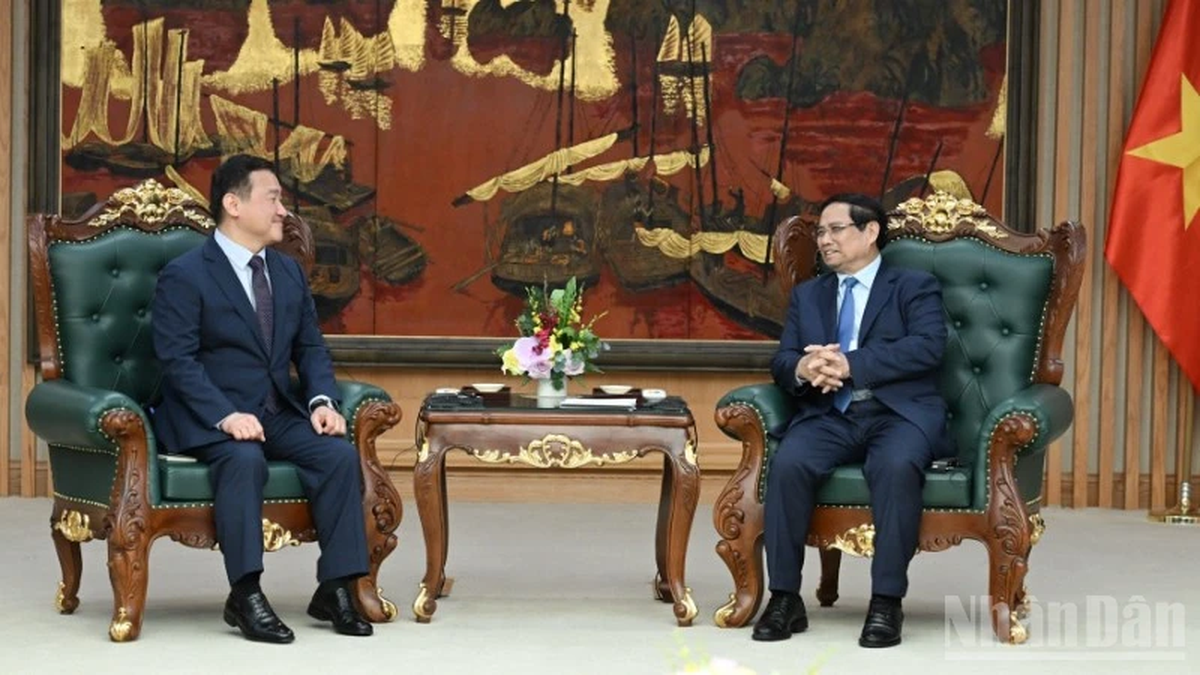
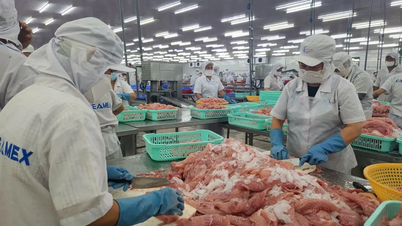





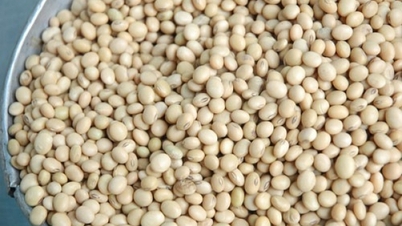
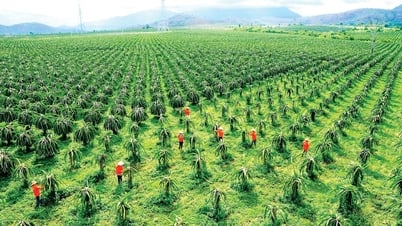







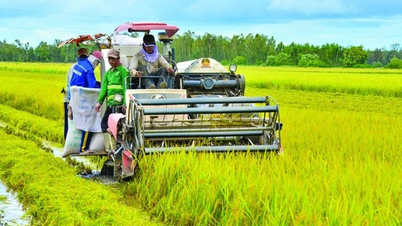


































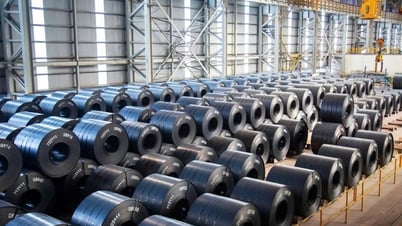






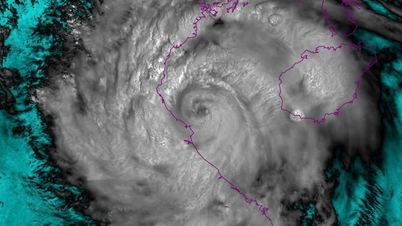





























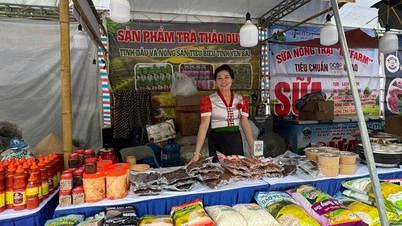






Comment (0)